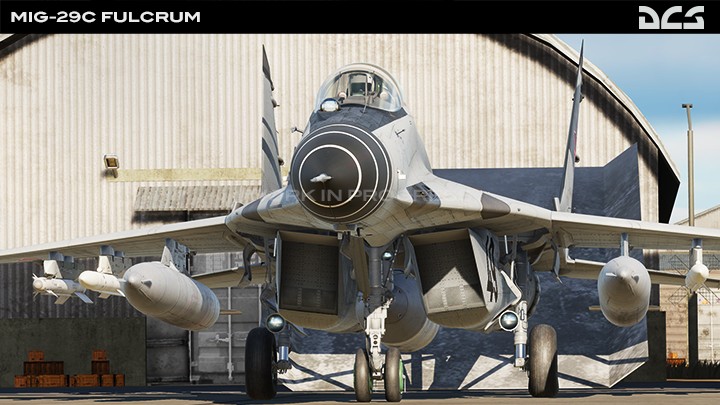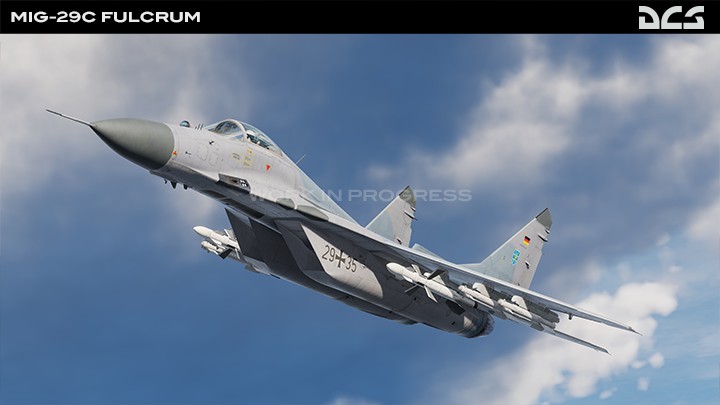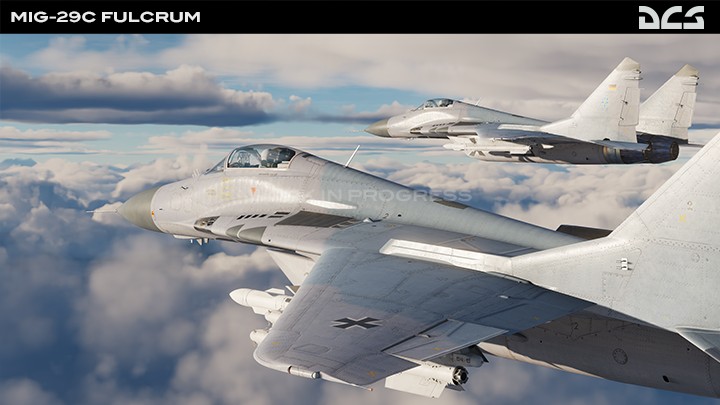General Flight Model
Development Report

Before describing our new General Flight Model (GFM) for AI, it may be useful to review the development history of flight models in DCS since inception. Initially, we used a trajectory model called Standard (SFM) for human players and a very simple model for AI which used primitive laws of physics. Eventually, the Advanced Flight Model (AFM) and its successor, the Professional Flight model (PFM) were developed and the SFM was adapted for AI aircraft. Although SFM produces accurate trajectory parameters such as turn rate, specific excess power, flight envelope, etc. it suffers from a lack of natural short-period movement and switched models for ground and flight.
Expanding the use of PFM or even AFM for AI aircraft wouldn’t be smart due to several key factors, notably AFM and PFM both require substantial work to create each individual aircraft flight data model. In addition, processor workload for runtime data in the mission would be excessive and greatly affect performance, especially when many different aircraft are present in the mission.

The approach in our new GFM will deliver accurate AI trajectory performance and copy the PFM’s short-period characteristics from the player-controlled models that we already have. The GFM ‘pilot’ will use the same control surface deflection as PFM and can naturally stall and spin as well; the GFM also experiences air turbulence. It is interesting to note that the short period characteristics of the new models also naturally depend on Mach numbers.

The greatest challenge when starting the work on GFM was creating a unique multi-level autopilot system capable of controlling any and all aircraft. Unlike standard autopilot programming approaches, which demand that each aircraft be adjusted individually, the new approach permits automatic use of aircraft flight parameters. This saves substantial time and delivers more accurate and realistic auto-pilot behaviour that is particularly appreciated for trans-sonic and supersonic regime changes, which now no longer require substantial tuning.
This fundamental work required about two years of programming with formation flying alone requiring an additional 5 months of intense development. The main task was to teach the AI to fly correctly but not as a supernatural drone but rather as a human pilot would, including micro-delays, errors and limitations. Soon, every pilot can practice the formation lead role and develop highly realistic skills without having to play online and depend on inadequate wingmen to hone his talent.
All ordinary tasks such as takeoff, landing, aerial combat, ground strikes and bombing were also entirely re-written. Implementation is expected during 2022.
Thank you again for your passion and support,
Yours sincerely,
Eagle Dynamics Team
|

